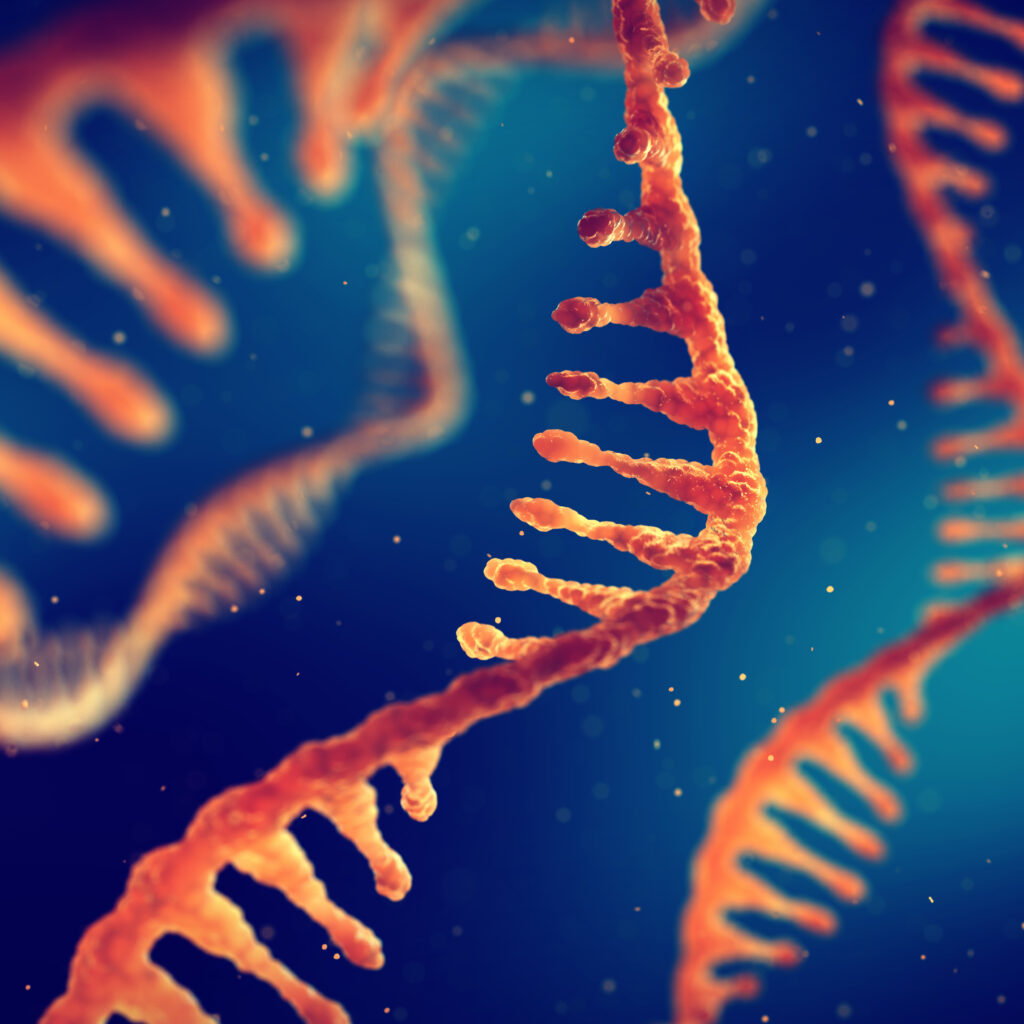Dear Readers,
Tonight concludes my response to University of Chicago evolutionary biologist Jerry Coyne, which began earlier this week. As you know if you’ve been following my blog here, Professor Coyne reviewed my new book Edge of Evolution in The New Republic. I replied to his response here, and he has responded to my reply at TalkReason.org. Because it quickly gets awkward to include all of the context here, I’m only quoting the portions of his response that I specifically address here. Readers who want to see the full back-and-forth should read his posted review and response.
Coyne:
The reviews by Ken Miller in Nature and Sean Carroll in Science cite several examples of the gradual origin of adaptations via the step-by-step accumulation of point mutations in proteins.
Behe:
Hardly. Read my response to Sean Carroll’s review and my (forthcoming) response to Ken Miller’s review. Carroll begs the question of what caused changes in proteins, and Miller points to work in which investigators manipulate proteins in the lab (not to work showing what happens in nature). Frankly, I’m quite encouraged by their citations. Leaving aside their blustering rhetoric, if that’s the best that staunch, knowledgeable opponents of ID can come up with, even when writing in leading journals for a scientific audience, then I think the protein-protein binding site argument is on solid ground.
Coyne:
Finally, I note that Behe’s “response” completely ignores two devastating criticisms of his “scientific” theory. First, as both Dawkins and I point out, if random mutations can’t build complexity, how can they possibly have been so effective in artificial selection of plants and animals?
Behe:
Because, of course, the genomes of many plants and animals already contain much developmental plasticity. Turning some existing genes or regulatory elements on or off, or tuning them up or down, or changing them slightly by simple, single mutations, can certainly affect the shapes and other properties of organisms somewhat. Artificial selection for such variants can easily explain dog breeds and such, as I noted in Chapter 9. But of course that begs the question of where the complex systems controlling the organisms’ development came from.
Now, was that really supposed to be a “devastating” criticism of my argument? Frankly, I’m a bit perplexed by this line of reply from Coyne and Dawkins. In The Edge of Evolution, and in Darwin’s Black Box before it, I strongly emphasized that modern biology shows us that life is built upon intricate molecular systems, and that to understand the limits of random mutation and thus Darwin’s theory, we have to concentrate our attention on the molecular level. I readily said that answers to questions about animal shape and other macrobiological properties would have to await elucidation of the molecular underpinnings of those properties. In The Edge of Evolution I argued that some biological levels (down to vertebrate class) could not be explained by Darwinism, but I based my argument entirely on advances in our knowledge of the complexity of the molecular developmental systems underpinning them. Even though I suspect Darwinism is also ineffective at lower biological levels, I stopped at the level of vertebrate class because, as I wrote, “at this point our reliable molecular data runs out, so a reasonably firm answer will have to await further research.”
It does not engage my argument, then, for Professors Coyne and Dawkins simply to point out that varieties of dogs come in different shapes, sizes, and colors. To actually engage my argument, a reviewer has to argue from molecular properties.
Coyne:
Also, as I pointed out in my review, Behe asserts quite plainly in his book that the goal of the Designer was “intelligent life.” I challenge him to provide a scientific rationale for this conclusion, which he failed to do in his response.
Behe:
I don’t go into it in detail in the book (Chapter 10 was already too long), but in essence the scientific rationale is the arguments of Michael Denton in Nature’s Destiny and Ward & Brownlee in Rare Earth (which I cite). Both of those books argue that the requirements in nature for intelligent life are much greater than for “simple” life, such as bacteria. If one takes the “purposeful arrangement of parts” as empirical (scientific) evidence of design, as I do, then the intricate arrangement of parts in nature needed for intelligent life points to that as a design goal.
